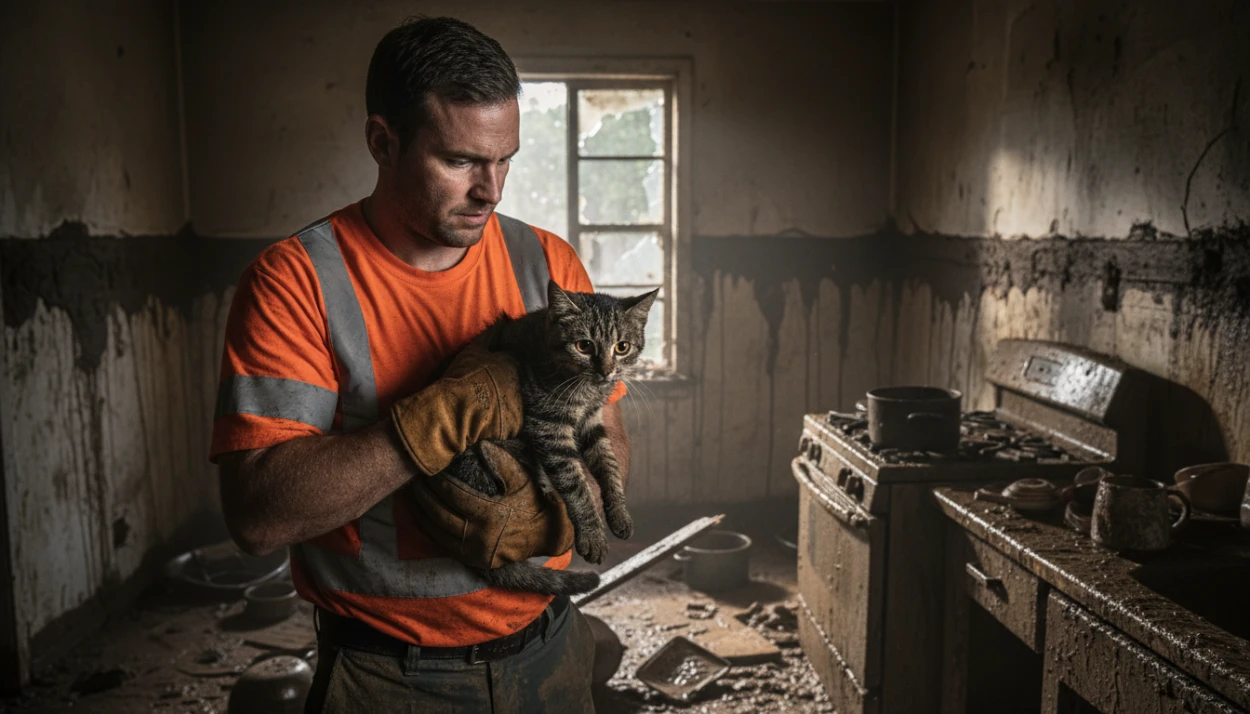Cats are fascinating creatures with their unique ways of communication. As pet owners, it is essential to understand how cats communicate to strengthen the bond between humans and their feline companions. While cats may not speak our language, they have various ways to express their feelings, needs, and desires. In this article, we will explore the different methods through which cats communicate with humans and how we can interpret their behaviors.

Understanding Feline Communication
- Body Language
Cats rely heavily on their body language to communicate with humans and other animals. By observing their posture, movements, and gestures, we can gain insights into their current mood and intentions. For example, an upright and relaxed posture indicates that the cat is feeling confident and content. On the other hand, a crouched or arched back suggests fear or aggression.
- Vocalizations
Vocalizations play a significant role in feline communication. Cats use a variety of sounds to convey different messages. Meowing is primarily used to communicate with humans and is often associated with requesting food, attention, or expressing discomfort. Purring, on the other hand, is a sign of contentment and can also indicate a desire for affection.
- Scent Marking
Scent marking is another crucial aspect of cat communication. Cats have scent glands on various parts of their bodies, such as their paws and cheeks. They use these glands to leave their scent on objects, people, and other animals, marking their territory and leaving messages for others. By rubbing against your legs or furniture, your cat is not only showing affection but also claiming ownership.

Facial Expressions and Eye Contact
A cat's facial expressions can reveal a lot about their emotions. Paying attention to their eyes, ears, and mouth can help us understand their current state of mind. Dilated pupils may indicate excitement or fear, while narrowed eyes could suggest aggression or annoyance. Direct eye contact from a cat can be seen as a sign of trust and affection, as they consider you a part of their social group.
Tail Language and Postures
The position and movement of a cat's tail can provide valuable insights into their communication. A relaxed, gently swaying tail usually indicates contentment. However, an upright and puffed-up tail signifies aggression or fear. It's important to consider the overall context, including the cat's body posture and other signals, to accurately interpret their message.
Purring and Meowing
One of the most recognizable forms of communication between cats and humans is purring. Cats purr when they are content, but it can also serve as a self-soothing mechanism when they are stressed or in pain. Meowing, on the other hand, is more specific to their interactions with humans. Cats may meow to get attention, express hunger, or communicate other needs. Each cat has its unique vocal repertoire, and it's crucial to pay attention to the different types of meows and their accompanying body language.
Rubbing and Head-Butting
When a cat rubs against your legs or furniture, it's not just a display of affection; it's also a form of communication. Cats have scent glands on their cheeks, and by rubbing their face against objects, they are leaving their scent and marking their territory. Similarly, head-butting is a gentle way for cats to express familiarity and trust. It's their way of saying, You're part of my social circle.
Kneading and Pawing
If you've ever seen your cat kneading or pawing at a soft surface, such as a blanket or your lap, it's a behavior rooted in their kittenhood. Kneading is often associated with feelings of comfort and contentment. It's a remnant of their instinct to stimulate milk production from their mother during nursing. So, when your cat kneads on you, it's a sign of trust and relaxation.
Biting and Scratching
While biting and scratching may seem like aggressive behaviors, they can also be forms of communication. Cats may bite or scratch gently during play as a way to establish boundaries and communicate their limits. However, it's crucial to differentiate between playful nips and aggressive bites. Scratching, on the other hand, serves as a visual and olfactory communication method. By leaving their mark on objects through scratching, cats communicate their presence and territory.

Understanding Your Cat's Communication
Every cat has its unique communication style and preferences. By observing your cat's behavior and body language over time, you can develop a deeper understanding of their individual communication patterns. Pay attention to their vocalizations, body postures, tail movements, and other cues to decode their messages effectively.
Building a Strong Bond with Your Cat
Communication is a two-way street, and building a strong bond with your cat requires active participation. Spend quality time with your cat, engage in interactive play sessions, and provide opportunities for socialization. By establishing trust and understanding, you can foster a deeper connection with your feline friend.
Miscommunication and Common Misunderstandings
Despite our best efforts, miscommunication between cats and humans can occur. Cats may exhibit behaviors that we misinterpret, leading to misunderstandings or frustration. It's essential to educate ourselves about feline behavior, consult with professionals if needed, and always approach our cats with patience and empathy.
Tips for Effective Communication with Your Cat
Observe and learn: Pay attention to your cat's body language, vocalizations, and other communication cues to understand their needs and emotions better.
Use positive reinforcement: Reward desired behaviors with treats, praise, and affection to encourage open and effective communication.
Respect boundaries: Understand and respect your cat's personal space. Avoid forcing interactions or overwhelming them with excessive attention.
Create a safe environment: Provide your cat with a secure and enriching environment where they can communicate and express themselves freely.
Seek professional guidance: If you're facing challenges in understanding your cat's behavior or communication, don't hesitate to seek guidance from a veterinarian or animal behaviorist.

The Importance of Listening and Responding
Effective communication with your cat goes beyond observation; it involves actively listening and responding to their needs. By paying attention to their cues and responding appropriately, you can strengthen the bond and create a harmonious relationship.
Understanding Different Cat Personalities
Just like humans, cats have unique personalities. Some may be more vocal and expressive, while others may be more reserved. It's essential to recognize and respect these individual differences when it comes to communication styles. By understanding your cat's personality, you can tailor your communication approach accordingly.
Conclusion
Cats have a rich and complex language of their own. By familiarizing ourselves with their various forms









